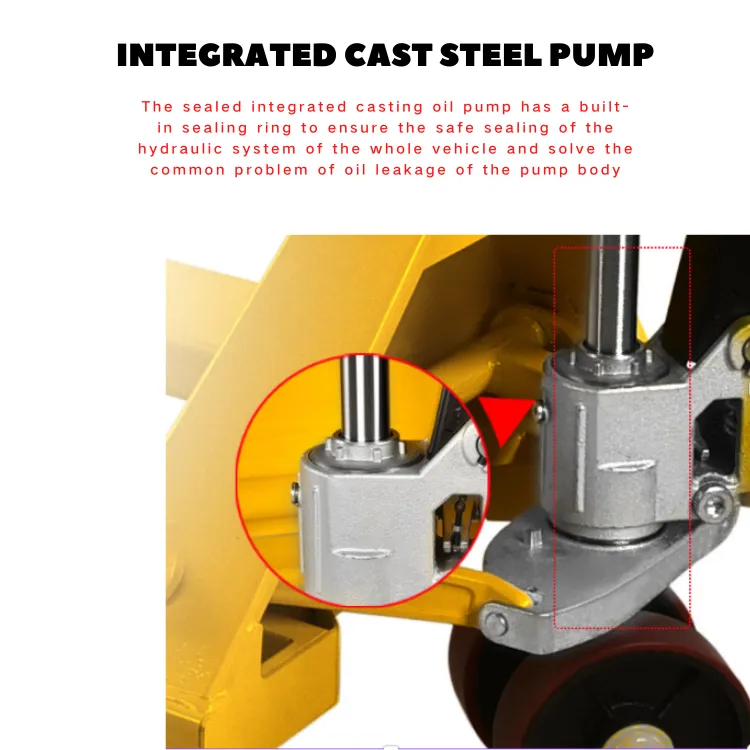heavy machinery relocation
Heavy Machinery Relocation A Comprehensive Guide
In the realm of construction, mining, and industrial operations, heavy machinery is a cornerstone asset. These massive machines, ranging from excavators to cranes, play pivotal roles in executing complex tasks that are essential for project completion. However, when it comes to relocating these heavy machines, the process can be fraught with challenges. This article aims to provide a comprehensive overview of heavy machinery relocation, outlining key considerations, steps involved, and best practices to ensure a smooth transition.
Understanding the Necessity of Relocation
Heavy machinery relocation can arise from various situations, including project completion, the need for expansion, or maintenance requirements. Each of these scenarios necessitates careful planning and execution to minimize downtime and ensure safety. The relocation process often involves transporting machines from one site to another, which can be both time-consuming and costly if not approached correctly.
Key Considerations for Relocation
Before embarking on the relocation of heavy machinery, there are several critical factors to consider
1. Site Assessment Prior to moving any equipment, a thorough assessment of both the current and new site is essential. Factors such as terrain, space availability, and access routes need to be evaluated. This assessment ensures that the relocation plan accommodates the physical limitations of both locations.
2. Transport Logistics The selection of appropriate transport methods is crucial for the safe relocation of heavy machinery. Overland transport via flatbed trucks, rigging for crane lifts, or even ships for intercontinental moves may be appropriate, depending on the machinery’s size and weight. Additionally, permits for transporting oversized loads must be secured, factoring in the time needed for approval.
3. Safety Protocols Safety is paramount when relocating heavy machinery. All personnel involved in the relocation must be trained to handle the equipment properly, and safety protocols need to be adhered to. This includes wearing appropriate protective gear and employing safety measures to prevent accidents during transportation and installation.
4. Equipment Preparation Before relocation, machinery must be prepared. This includes disconnecting attachments, draining fluids, and securing movable parts to prevent damage during transport. Documenting the condition of the equipment with photographs can also be useful for post-relocation assessments.
5. Timing Scheduling the relocation during low-demand periods can minimize disruption to ongoing projects. Coordinating arrival and departure times with the transport team ensures a seamless process.
Steps Involved in Relocation
heavy machinery relocation

1. Planning Develop a detailed relocation plan addressing all aspects from site assessments to transport logistics and safety measures.
3. Transportation Execute the relocation plan, overseeing the loading and transportation of the equipment while ensuring proper protocols are followed.
4. Installation Upon arrival at the new location, ensure that the machinery is unloaded carefully. Check for any damage that may have occurred during transit, and reassemble the equipment if necessary.
5. Testing and Commissioning Once installed, conduct tests to ensure that the machinery is functioning correctly. Address any issues immediately to avoid project delays.
Best Practices for Successful Relocation
To ensure a successful machinery relocation, consider these best practices
- Hire Experienced Professionals Employ experienced riggers and transport personnel familiar with heavy machinery. Their expertise can greatly reduce risks associated with relocation.
- Utilize Technology Leverage technology for logistics management, allowing for real-time tracking of equipment and efficient communication with all parties involved.
- Emergency Preparedness Have contingency plans in place for unexpected challenges such as inclement weather or mechanical failures during transport.
In conclusion, heavy machinery relocation is a complex process that requires meticulous planning and execution. By considering the key factors and following best practices, organizations can ensure a smooth transition, safeguarding their valuable assets and maintaining operational efficiency. The ability to effectively relocate heavy machinery is integral to the success of many industrial operations, facilitating growth and enhancing productivity.
-
Unlock Seamless Relocation with Our Heavy Equipment Moving ExpertiseNewsJun.06,2025
-
Unleash Unrivaled Flexibility with Our Adjustable Gantry CraneNewsJun.06,2025
-
Unleash Heavy-Duty Efficiency with Our Industrial Gantry Crane SolutionsNewsJun.06,2025
-
Revolutionize Steel Handling with Our Magnetic Lifter RangeNewsJun.06,2025
-
Master Equipment Mobility with Premium Machinery Mover SolutionsNewsJun.06,2025
-
Elevate Your Material Handling with Magnetic Lifter TechnologyNewsJun.06,2025
-
YS Permanent Lifting Magnets: The Smarter Way to Handle SteelNewsMay.22,2025
